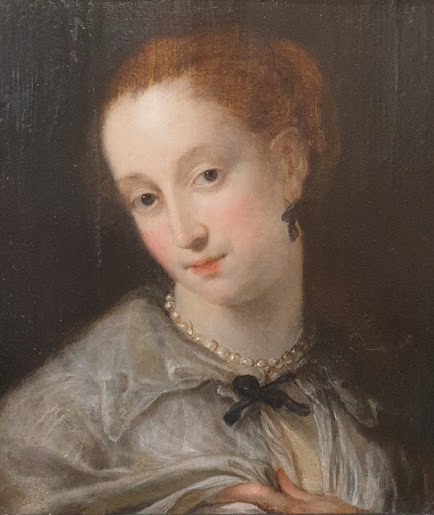Treasured Cameos & Magnificent Cameos; The Grays Collection
Here at Grays we have been watching the BBC series on Ancient Roman Art and are massively inspired about our own Grays collections. We are making aesthetic connections and are reassessing familiar objects. In particular it was the ancient cameos that drew our attention and made us exchange frenetic emails.
It is true to say that we all have a different relationship to objects, once we know how they are made or we have some personal knowledge of their original materials. What is immediately compelling about cameos in general are their beautiful delicacy and, paradoxically, their resilience and strength.
This is all part of their making process and raw materials used in their production. Because their production is so ancient, even more modern cameos would allude to a heritage connection. The extraordinary skills it takes to make a carving by hand, and object which is not moulded, means it's the techniques as well as the objects themselves that survive.
A cameo is an image carved in layered relief on a semi-precious gemstone, in antiquity normally onyx and agate, or glass and shell in modern work. It features a raised relief of an image engraved in layers revealing contrasting colours. The largest ancient cameo which has survived is the Great Cameo of France. It seems to have come from the treasury of the Byzantine Empire and through the Julio-Claudian Dynasty to the Treasury of the Sainte Chapelle and the Cabinet des Medailles of Louis XVI, and finally now on display in the Louvre, it is astonishingly engraved in twenty four layers.
Our cameos here at Grays are perhaps less historic but rather more accessible. Mostly Victorian but also as early as 16th century, which were either hand carved shells or glass by highly skilled artisans originating in Italy but becoming desirable in North Europe retaining the heritage of those early cameo days.
It is true to say that we all have a different relationship to objects, once we know how they are made or we have some personal knowledge of their original materials. What is immediately compelling about cameos in general are their beautiful delicacy and, paradoxically, their resilience and strength.
This is all part of their making process and raw materials used in their production. Because their production is so ancient, even more modern cameos would allude to a heritage connection. The extraordinary skills it takes to make a carving by hand, and object which is not moulded, means it's the techniques as well as the objects themselves that survive.
A cameo is an image carved in layered relief on a semi-precious gemstone, in antiquity normally onyx and agate, or glass and shell in modern work. It features a raised relief of an image engraved in layers revealing contrasting colours. The largest ancient cameo which has survived is the Great Cameo of France. It seems to have come from the treasury of the Byzantine Empire and through the Julio-Claudian Dynasty to the Treasury of the Sainte Chapelle and the Cabinet des Medailles of Louis XVI, and finally now on display in the Louvre, it is astonishingly engraved in twenty four layers.
Our cameos here at Grays are perhaps less historic but rather more accessible. Mostly Victorian but also as early as 16th century, which were either hand carved shells or glass by highly skilled artisans originating in Italy but becoming desirable in North Europe retaining the heritage of those early cameo days.
Circa 1870 Cameo Brooch, English. Offered by Kikuchi.
Large Blue Lava and Silver Cameo Brooch of Goddess Fortuna. The cameo is Italian from the Grand Tour period of the first quarter of the 19th century. Offered by Peter Szuhay.
A Georgian Lava Cameo of Bacchus. This is a very fine bit of carving in lava. It would have been sold to a Grand Tour visitor, in Naples, circa 1820. Offered by The Antique Jewellery Company
A Carved Labradorite Cameo Set in Gold Enamel and Rubies Brooch/Pendant. Circa 1880. Offered by John Joseph.
Shell Cameo Brooch, circa 1880. Offered by Satoe.
Two Coloured Agate Cameo. Probably Italian, circa 1550. Battle of the Seamonsters. Offered by Peter Szuhay.
16th Century Garnet Cameo with the portrait of St. Charles Borromeo as a Cardinal. Offered by Peter Szuhay.
Victorian Cameo Earrings. Set in 15ct gold and made circa 1850. They are shell cameos and were probably carved in Italy in the Classical style, which was very popular at the time. Offered by The Antique Jewellery Company.
Victorian Coral Cameo Brooch.Offered by Ting's Jewellery Brooch.
Victorian Carved Shell Cameo Brooch depicting a cherub rowing on the sea using a quiver of arrows as a raft and a single arrow as a mast. Offered by The Antique Jewellery Company.
For more information and cameos visit our website:
Written by Titika Malkogeorgou










.jpg)

Comments
Post a Comment